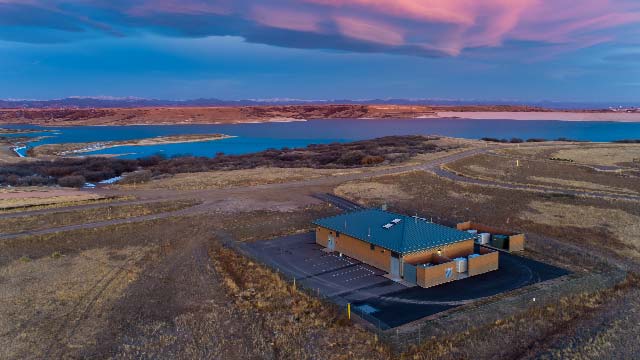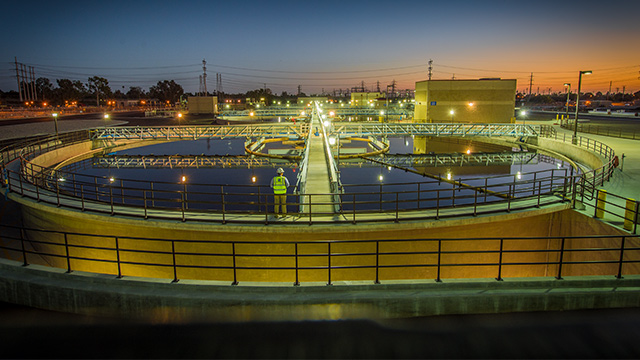The continuing impacts of even low intensity wet weather events on water quality, flooding and community experience highlight, more than ever, the need for effective planning, sustainable funding, best management practices and a focus on continuous review/improvements to stormwater program and policies. Understanding key industry priorities and investment drivers can help stormwater utility managers balance the diverse and complex financial, regulatory and community needs involved in stormwater management.
The 2018 Stormwater Utility Survey highlights key industry priorities and investment drivers, stormwater rate structure, billing, and credits program practices; and the average residential stormwater user fees.
2018 Stormwater Utility Survey
This report highlights key industry priorities and investment drivers, stormwater rate structure, billing, and credits program practices; and the average residential stormwater user fees.
Regulatory Compliance Requirements
Complying with discharge permits, including the National Pollutant Discharge Elimination System (NPDES) and the Municipal Separate Storm Sewer System (MS4), is a critical aspect of stormwater operations and management. Ninety-seven percent of participants indicated they have to comply with the MS4 permit/industrial stormwater requirements In this year’s survey. While 51 percent indicated they have to comply with both MS4 and NPDES requirements, only 10 percent indicated that they have developed an integrated wet-weather management plan to support both sets of requirements.
Funding Challenges
Funding adequacy has been a key topic in the Black & Veatch survey since its inception. In this year’s survey, 45 percent of participants indicated that funding is sufficient to meet most or all needs, up from 38 percent in the 2014 survey. However, this indicates that more than half of utilities do not have enough funding to meet most of their needs. In fact, only 15 percent said that their stormwater funding was adequate to meet all their needs.
The stormwater findings indicate a significant range in the annual stormwater revenues that utilities generate on a per capita basis. The maximum annual stormwater revenue has increased sharply from $145 per capita in the 2014 survey to an annual stormwater revenue of $200 per capita in 2018, suggesting utilities are continuing to strive to keep revenue generation on pace with their expenditure needs.
Stormwater Rates
In terms of stormwater rate trends, the use of a uniform flat monthly charge continues to be a prevalent approach for the single family residential class, with 54 percent of participants indicating a uniform fee structure for the single family residential class. The median average monthly single-family stormwater charge appears to be increasing with each survey, with this year’s median charge at $5.48. As in previous surveys, there is a wide range in the magnitude of single family monthly charges, with the highest average monthly charge at $40.07 and the lowest at $0.75.
When calculating user fees, the majority of utilities use actual and/or effective impervious area as their basis to approximate stormwater runoff contribution. Now nearly all, 92 percent, of respondents are using impervious area as their basis for fees, the highest ever reported in the Black & Veatch survey.
Stormwater Credit and Incentive Offers Slow to Gain Traction
Stormwater credit programs have slowly, but steadily increased. In 2014, only 44 percent of survey respondents had programs, while this year it has grown to 53 percent. Stormwater credits provide an opportunity for customers to reduce user fees in recognition of on-site stormwater management. Seventy-nine percent of the participants indicated that the maximum credits they offer is less than 75 percent.
Incentive programs such as site assessments/best management practice (BMP) design assistance and cost sharing are also being offered by some utilities.
Public Education
Communication programs with key stakeholders remains a focus area for utilities as they seek to develop integrated solutions. Periodic workshops for elected officials/boards/commissions and public/neighborhood/HOA meetings were listed as the most effective methods of securing stakeholder approval and support for stormwater user fees.









